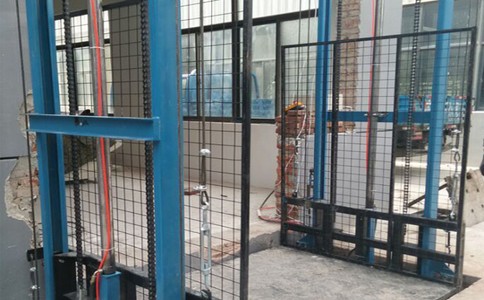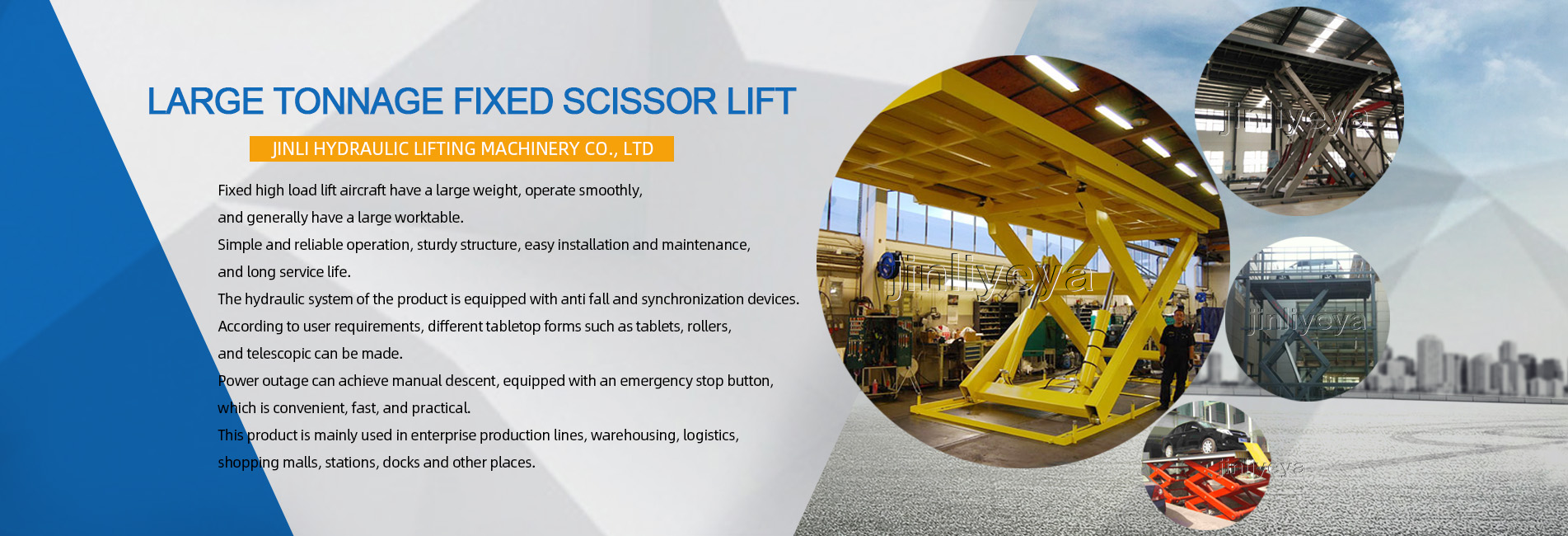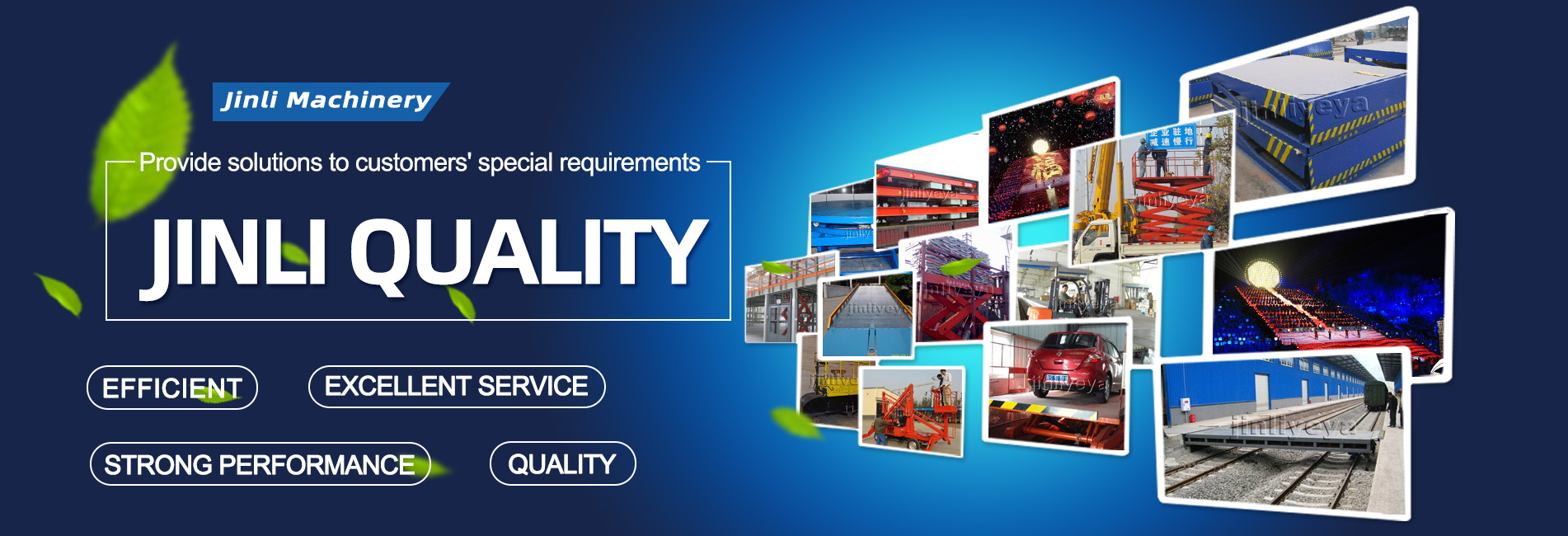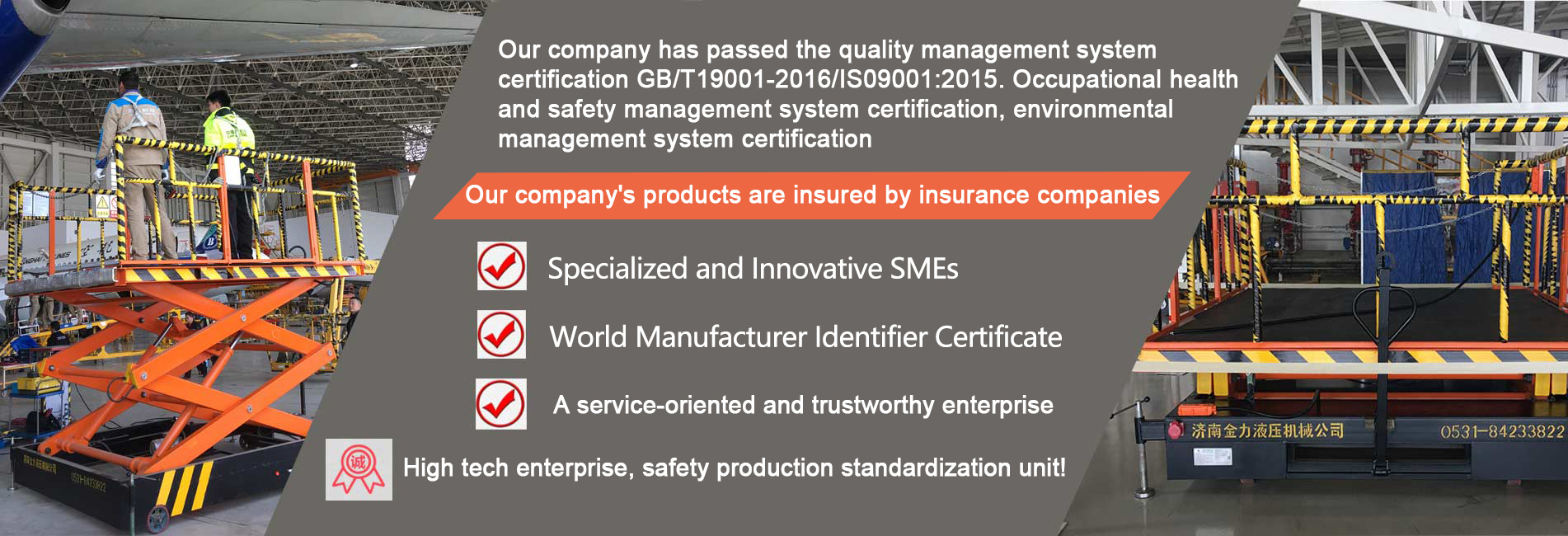& nbsp; The lifting channel rack is a crucial component in elevators, and it has important implications for the safe use of elevators. Elevator racks are generally made of high carbon structural steel or low-alloy steel, and their final heat treatment condition is low-temperature tempering after normalizing. The microstructure arrangement of the rack has an important impact on its function. Therefore, analyzing and preventing component failures caused by inadequate microscopic arrangement has important engineering significance.
& nbsp; The reason for the cracking of the rack is that the microscopic depiction of the fracture surface is a river trick, which is a typical cleavage cracking feature, while the elevator rack broke during the transfer process. Therefore, the cracking property of the rack is brittle cracking caused by impact loads. Based on the experimental results, it is concluded that the cracking of the gear rack is related to the following factors: arrangement condition. The microstructure of the cracked gear rack is composed of pearlite and ferrite, which is a typical normalizing arrangement, but the ferrite is dispersed in a network.
& nbsp; Due to the low hardness and strength of ferrite, this arrangement is considered a disadvantage. The presence of network ferrite significantly weakens the strength of grain boundaries. From the perspective of heat treatment technology, the primary reason for the formation of network like ferrite is the improper heating and cooling methods of the rack. The high temperature of the normalizing heating results in coarse austenite grains, and a faster cooling method is used during the subsequent cooling process, which leads to the network like separation of the first eutectoid ferrite along the austenite grain boundaries.

& nbsp; The reason for the cracking of the rack is that the microscopic depiction of the fracture surface is a river trick, which is a typical cleavage cracking feature, while the elevator rack broke during the transfer process. Therefore, the cracking property of the rack is brittle cracking caused by impact loads. Based on the experimental results, it is concluded that the cracking of the gear rack is related to the following factors: arrangement condition. The microstructure of the cracked gear rack is composed of pearlite and ferrite, which is a typical normalizing arrangement, but the ferrite is dispersed in a network.
& nbsp; Due to the low hardness and strength of ferrite, this arrangement is considered a disadvantage. The presence of network ferrite significantly weakens the strength of grain boundaries. From the perspective of heat treatment technology, the primary reason for the formation of network like ferrite is the improper heating and cooling methods of the rack. The high temperature of the normalizing heating results in coarse austenite grains, and a faster cooling method is used during the subsequent cooling process, which leads to the network like separation of the first eutectoid ferrite along the austenite grain boundaries.







